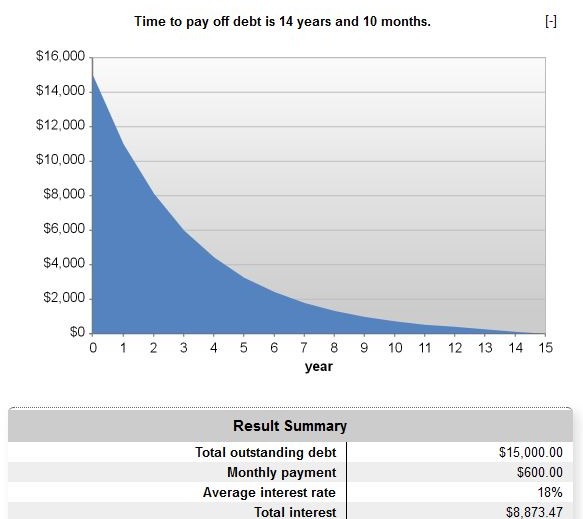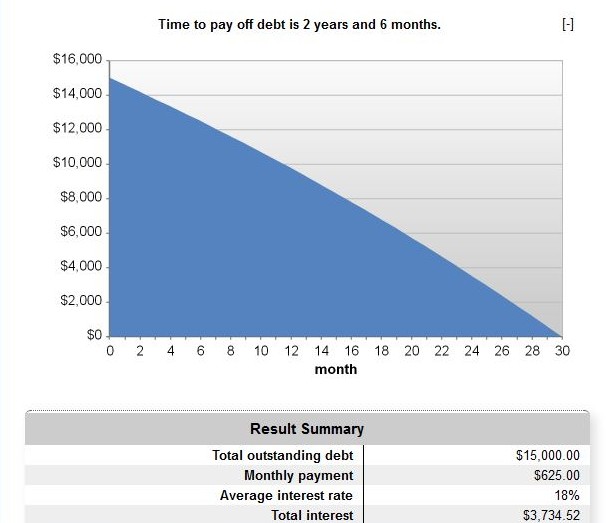 We know we suck at money management…we just gave ourselves a C or lower in personal finance class. But then we say we are spending more and basically not doing anything about it.
We know we suck at money management…we just gave ourselves a C or lower in personal finance class. But then we say we are spending more and basically not doing anything about it.
Yet, we are embarrassed about our credit card debt…more embarrassed about that than our weight, age, credit report or how much money is in our bank account.
It’s embarrassing and we stress about it. We’d like to say “don’t sweat the small stuff,” but your finances aren’t “small” and maybe sweating it would do you some good.
If you’re this far, the good news is you CAN find the light at the end of the tunnel. It’s called “saving money.” And it can be the answer to all your financial woes.
The bad news? It’s going to take some work. For the rest of your life (or until you don’t have to worry about money anymore). Money management doesn’t just “go away” once you have it in order. It takes lifelong tending and growing.
Go Girl Finance has some ideas to get you started saving money and living stress-free:
Identify the problem. Be serious…what is the real issue? Spending too much on fancy-schmancy stuff? Too much activity on your credit card? Or is there just not enough income coming in? Find out why you are stressed about money, then make a plan and start getting organized.
Stay positive in the present. Nobody likes a Debbie Downer. But it’s easy to become one and jump on the “woe is me” bandwagon. Focus on what you are doing now and give yourself a daily pep talk. Remember what Stuart Smalley used to say: “I’m good enough. I’m smart enough. And doggone it, people like me.”
Put yourself in the power seat and know that you can change your situation. Above, we said you need to make a plan. This is when you put that plan into motion, little by little. Remember, it’s a marathon not a sprint. One small change (like saving $25 a month) can have a snowball effect, and encourage you to do even more.
Exercise! Yes, move your body more than just lifting the remote. Exercise is a great stress buster. Just a regular old walk around the block can put you in a better mood, and relieve stress.
Savvy Money says to track your spending. Maybe not forever, but this is a must for a few months. Here’s how it should pan out:
- 35% for housing
- 15% for transportation
- 15% for debt
- 10% for savings (this is NON-NEGOTIABLE!)
- 25% for any other living expenses
If you feel like housing can be a lesser expense, use it towards another category. It’s your choice! You can borrow from any category EXCEPT savings.
Managing your money smartly takes time, effort and dedication on your part. But we know you can do it…because you’re good enough, you’re smart enough, and doggone it, people like you.






